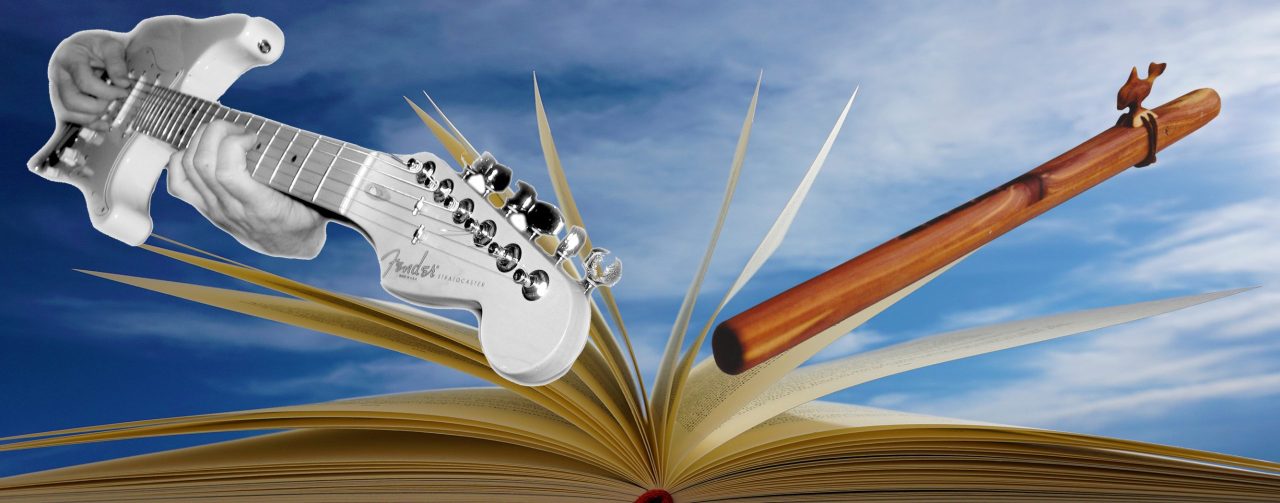
Tuxtails Publishing has released Structured Madness ~ New Poems in Traditional Formats, my latest collection, featuring modern thematic poems in strictly structured styles. In the 1990s, I began researching the histories and structures of the myriad of poetry formats, both familiar and unfamiliar, from cultures around the world. Most, I found, have a tendency toward dated language and topics. During the COVID pandemic, I decided to challenge myself by crafting poems that combine traditional and modern formats with modern language and themes.
The result is Structured Madness ~ New Poems in Traditional Formats, a collection of 80 previously unpublished poems that explore modern relationships and themes in traditional and modern poetic formats, from the sestina and Shakespearean sonnet to the magic 9, haiku, and luc bat, as well as many others. Below is the book’s preface, explaining the project’s evolution and intent more thoroughly.
The print book is available from Barnes and Noble, Amazon, and other online retailers. The eBook is exclusively available from Amazon.com.
My writing and music career spans five decades, producing more than twenty published books and thirteen albums with more on the way. For more information about Tuxtails, please visit http://tuxtailspublishing.com. For more information about my work, please visit http://csfuqua.com and http://csfuqua.bandcamp.com.
Thank you so much for supporting my work. Wishing you the best.
*********
From the Structured Madness Preface:
Like most of my work, Structured Madness is dedicated to the person who has had and continues to have the most profound influence on every aspect of my life, the person who, over the course of our fifty-one-plus years together, has believed in, supported, and encouraged me fully from the start.
I was hesitant to write this book, having toyed with the idea for several years, but, as always, Bonnie encouraged me to tackle the project because she suspected, once begun, I’d enjoy it. And I did, more than any previous writing project except for my first novel, Big Daddy’s Fast-Past Gadget, which was based on one of her ideas. Throughout the writing, we worked in the same room. While I wrote, she crocheted a baby blanket for a friend’s newborn, an afghan for our daughter, a rasta hat for me, and more. I would read to her rough drafts of poems, and she’d demonstrate to me nifty new stitches for particular projects…Is it any wonder I dedicated my work to her…?
…Fifty years of writing professionally.
Newspaper and magazine articles, nonfiction books, novels, short fiction, poetry. Lots of poetry—99.9 percent of that poetry free verse because I, the product of an increasingly chaotic world, wasn’t interested in traditional structure. Who needs antiquated formats with thees and thous clogging lines that sound, at best, contrived? Certainly not I, nor most of my generation of writers. Convention and formality—those are the products and dictates from and for another time. What we—what I—hoped and strived to accomplish was innovation, an unadorned directness in the most succinct form of storytelling, expanding standards by refusing to succumb to them.
At best, I was a naive novice; at worst, I was a pompous, inexperienced twit.
Free verse, despite crafted line breaks and stanzas, sounds a lot like flash and micro fiction when read aloud. In recent years, I’ve wanted to break free of the free verse format, to challenge my abilities, to experiment in style and form without indulging in so-called experimental poetry of the day, to craft a poem that sounds poetic when read aloud. I craved something new but also familiar enough it didn’t scare the bejesus out of me.
Decades ago I received a poster of poetry formats as partial payment for publication of one my poems. The poster’s setup was more like a cryptographic puzzle than a how-to, but it intrigued me enough to begin researching the myriad poetry formats for thorough explanations, histories, and examples of both familiar and unfamiliar styles from cultures around the world. Although the rhyme and meter structures were curiously enticing, many of the examples, including modern, were laden with outdated language, expressions, themes, and topics. If I were to utilize conventional formats, I wanted to wrap them in contemporary language, culture, and topics with the hope of creating something worthy enough of the formats while being entertaining and intriguing enough to please a modern audience.
Whether I’ve achieved that goal is up to you to decide. In any case, I did not want to create an instruction manual. My goal in everything I write is to craft something I hope will entertain and engage readers. If it achieves that, I’m ecstatic. If it achieves more, even better. Perhaps this book will introduce formats with which you aren’t familiar, formats you may want to explore further. Each poem is identified by its format with each format defined in the glossary.
I’ve learned a lot by writing these poems, and I plan to learn more in the coming years by further exploring many of these forms and others I’ve yet to try. Change, a certain woman of wisdom has told me many times, can be a good thing. Even at my age.
